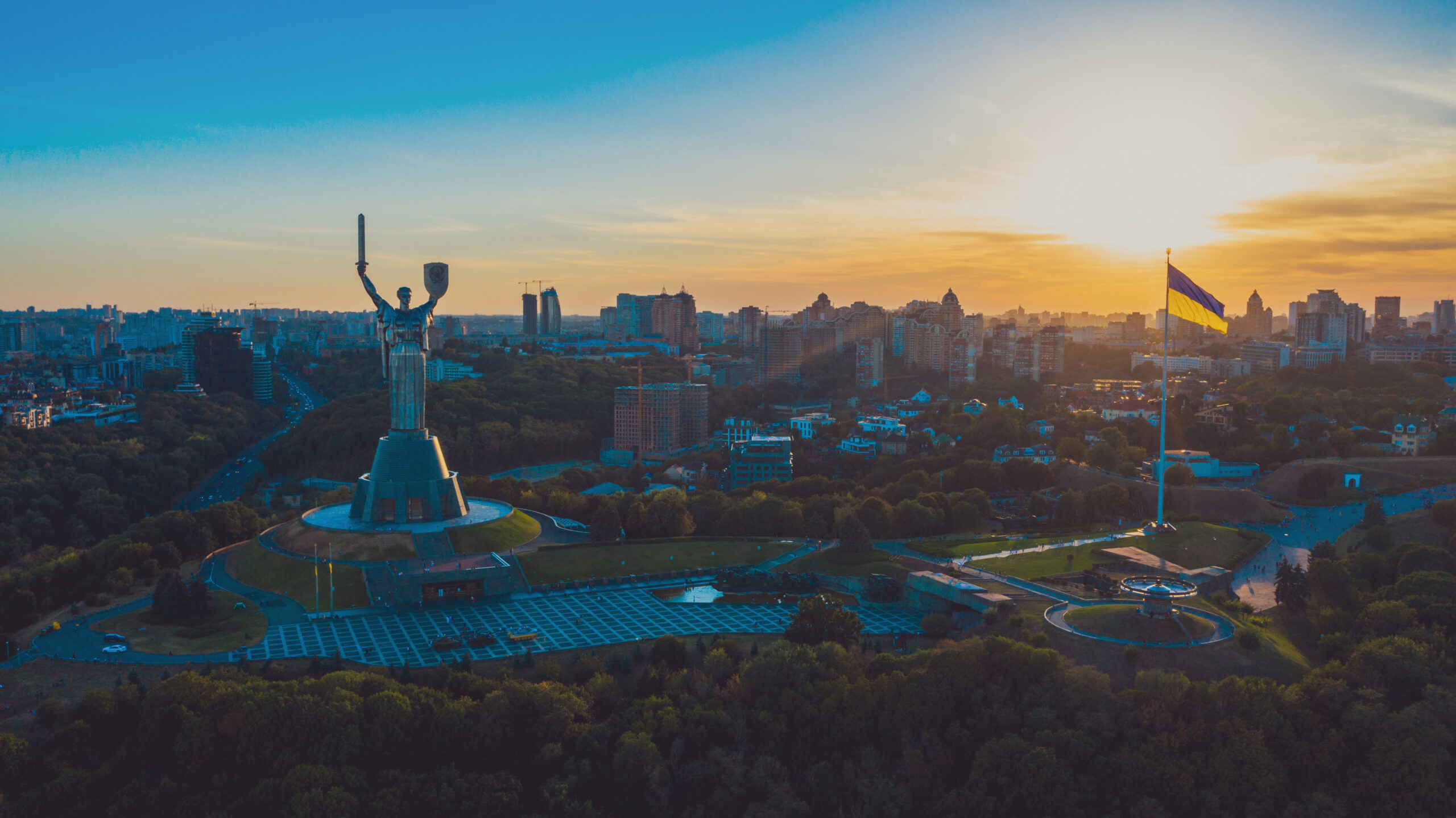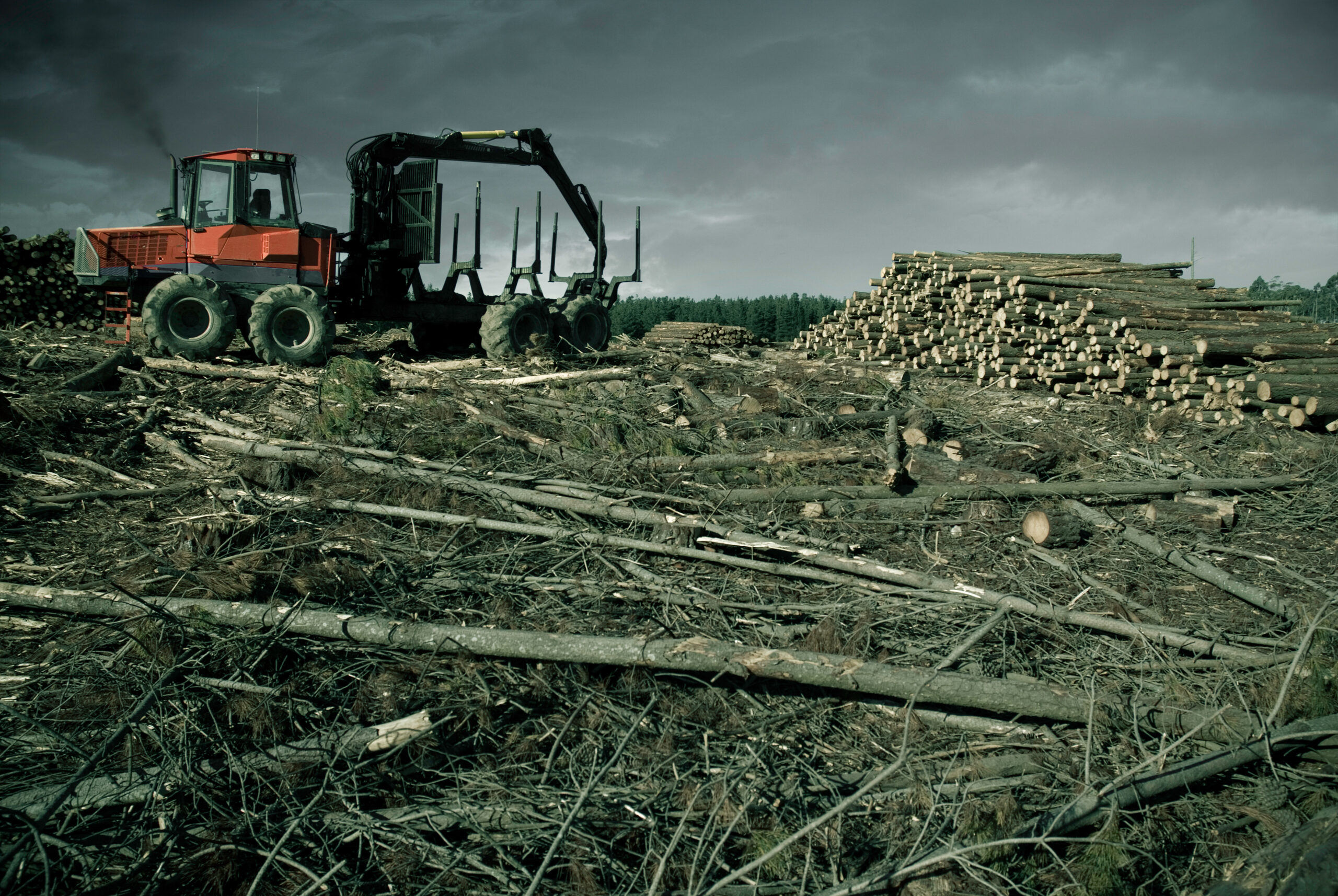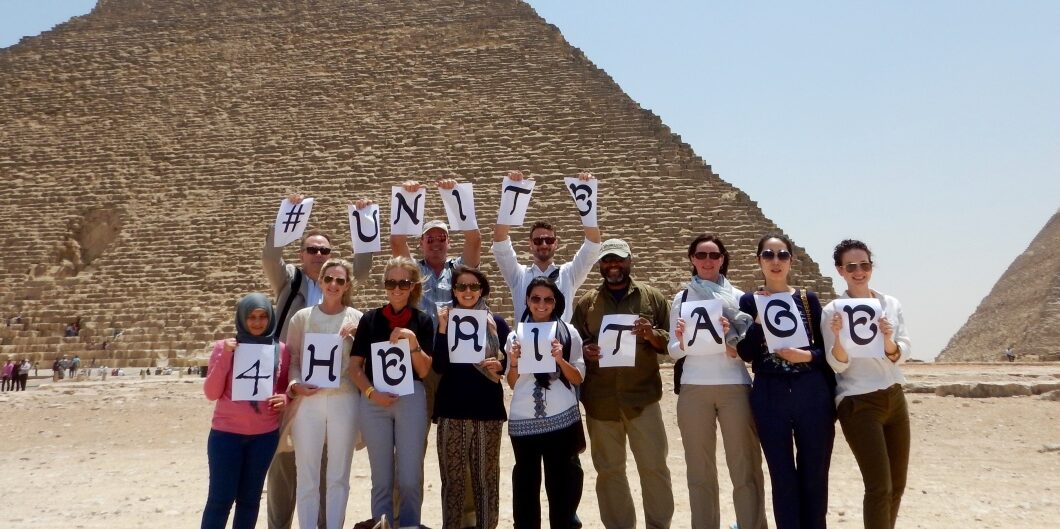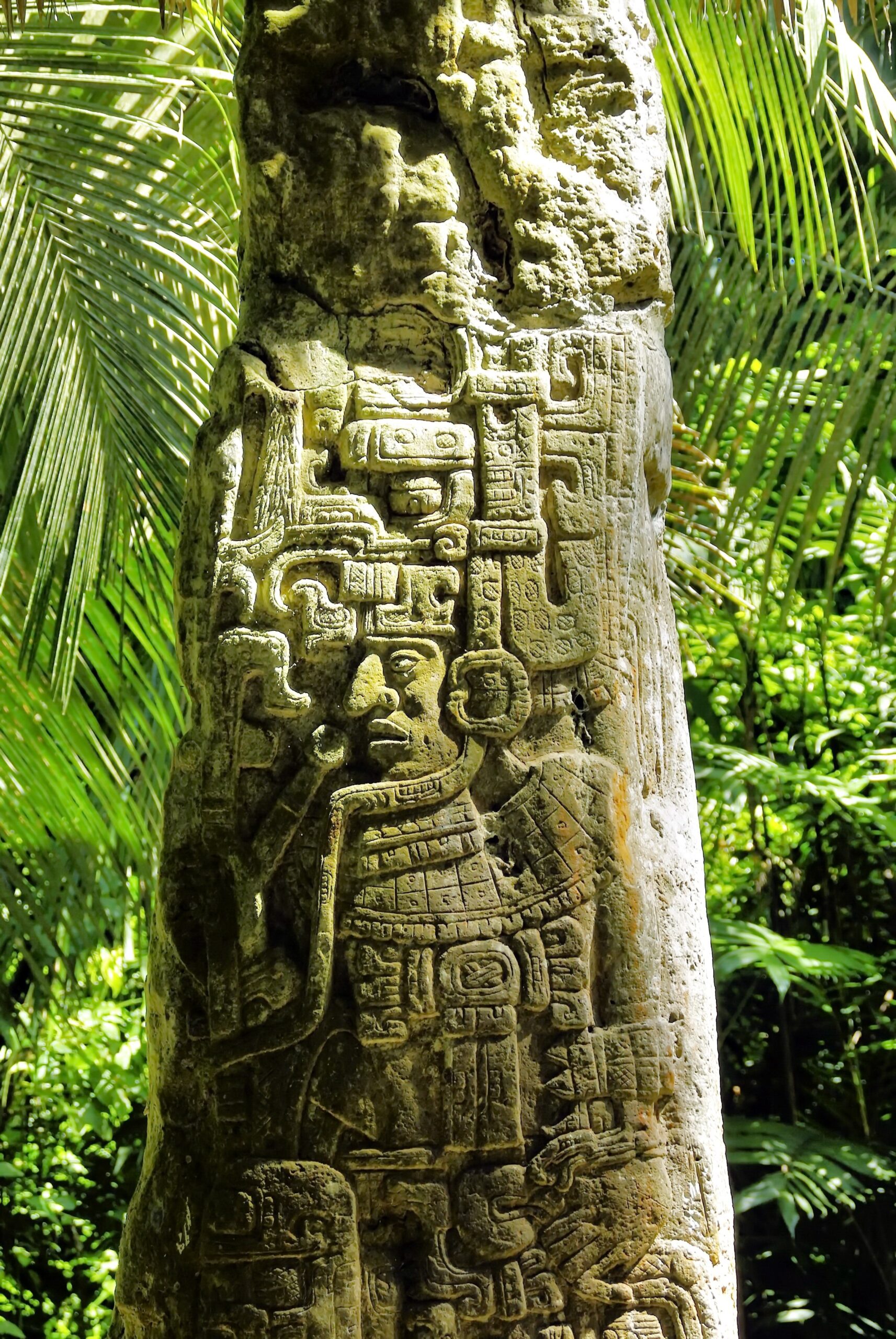Policy Brief No. 12
December 2022
Kate Harrell and Damian Koropeckyj*
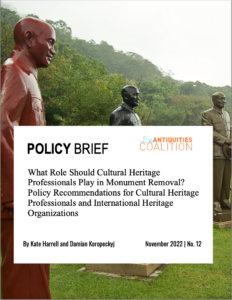
Around the world, there has been and continues to be global interest in the removal of public monuments, particularly pieces erected during prior regimes. Yet how these works of art have been removed, and what has been done with the remains, as well as the sites of the former monuments, have been a patchwork of efforts, and in some cases, have eroded public trust in the process. Thus far, heritage and preservation professionals have not taken an organized role in removals. This policy brief, however, recommends that heritage professionals should take an active part in advising and documenting the entire process of public monument or statue removal.
To frame removal as a deliberative process, rather than a retaliatory act, this policy paper argues that the practice of removing monuments should be considered a form of community deaccessioning, analogous to deaccessioning within the museum space. By understanding monument removal as a form of deaccessioning, the need for cultural heritage practitioners to guide the process is essential. By offering the lessons learned from the museum space to their communities, heritage professionals are in the position to advise on the practicalities and repercussions of removal, as well as on alternatives to this. This paper offers no opinion on whether monuments should be removed. In the museum space, deaccessioning guidelines are not understood to encourage overly zealous deaccessioning; instead, the guidelines simply support the museum professionals engaged in the process. Similarly, this paper advocates for the development of written policies to support heritage professionals who are navigating the process of monument deaccessioning in real time.
This policy brief advocates that national and international heritage organizations develop written guidelines or best practices for monument deaccessioning derived from relevant guidelines on museum deaccessioning, and provides recommendations to support heritage professionals in developing such principles based on what has worked in the museum context.
Heritage professionals are neither peacemakers nor hostage negotiators, nor should they attempt to be. Instead, by implementing professional guidelines for monument deaccessioning, and by remaining engaged in the process, heritage workers will achieve what we care about most: the preservation and documentation of history.”
Kate Harrell and Damian Koropeckyj
* The views expressed in this policy paper are the personal ones of the authors and do not represent any official position of the Virginia Museum of Natural History, the Smithsonian Institution, or any other organization.



